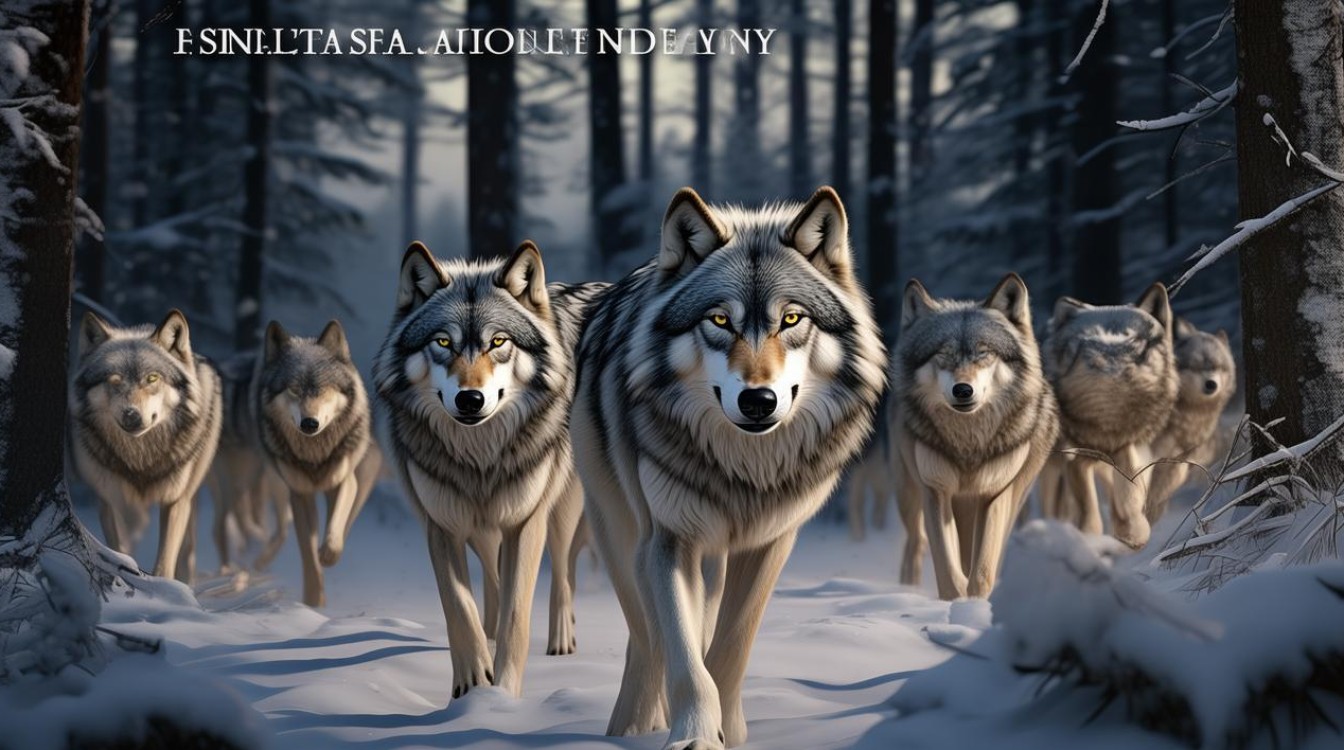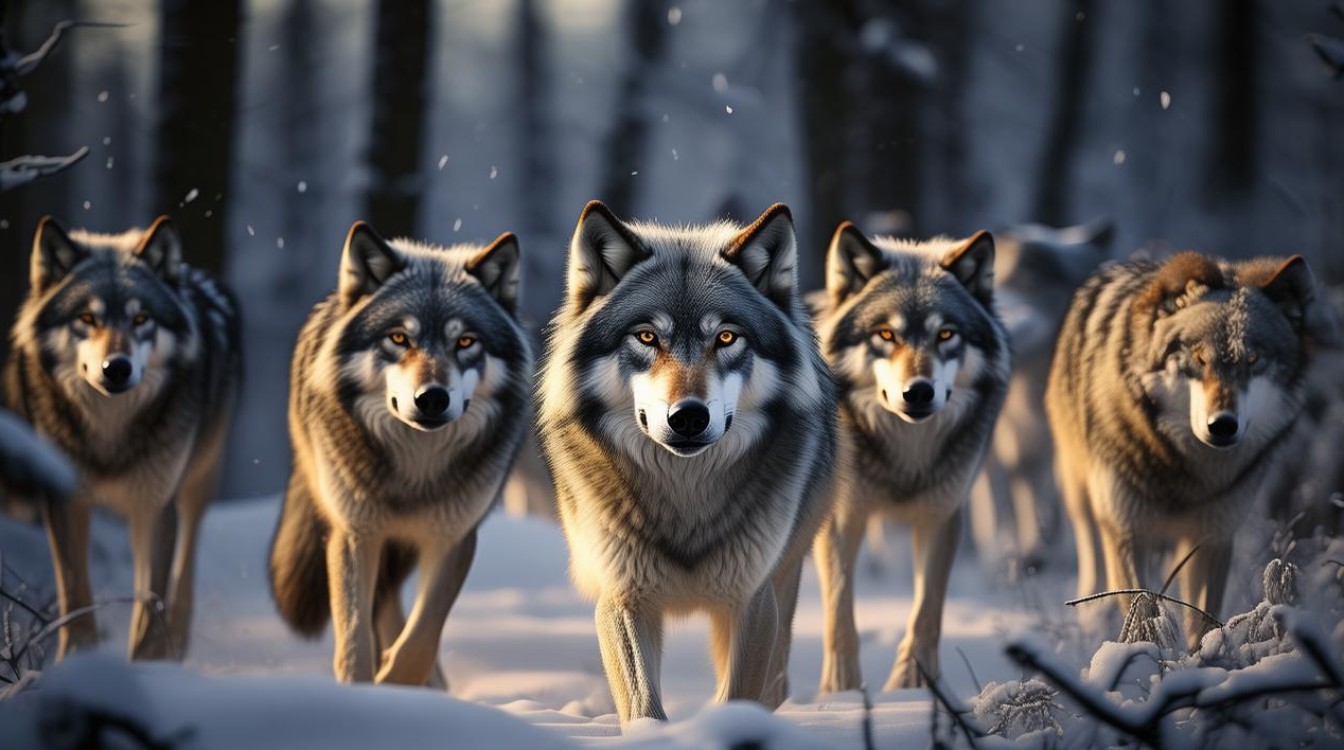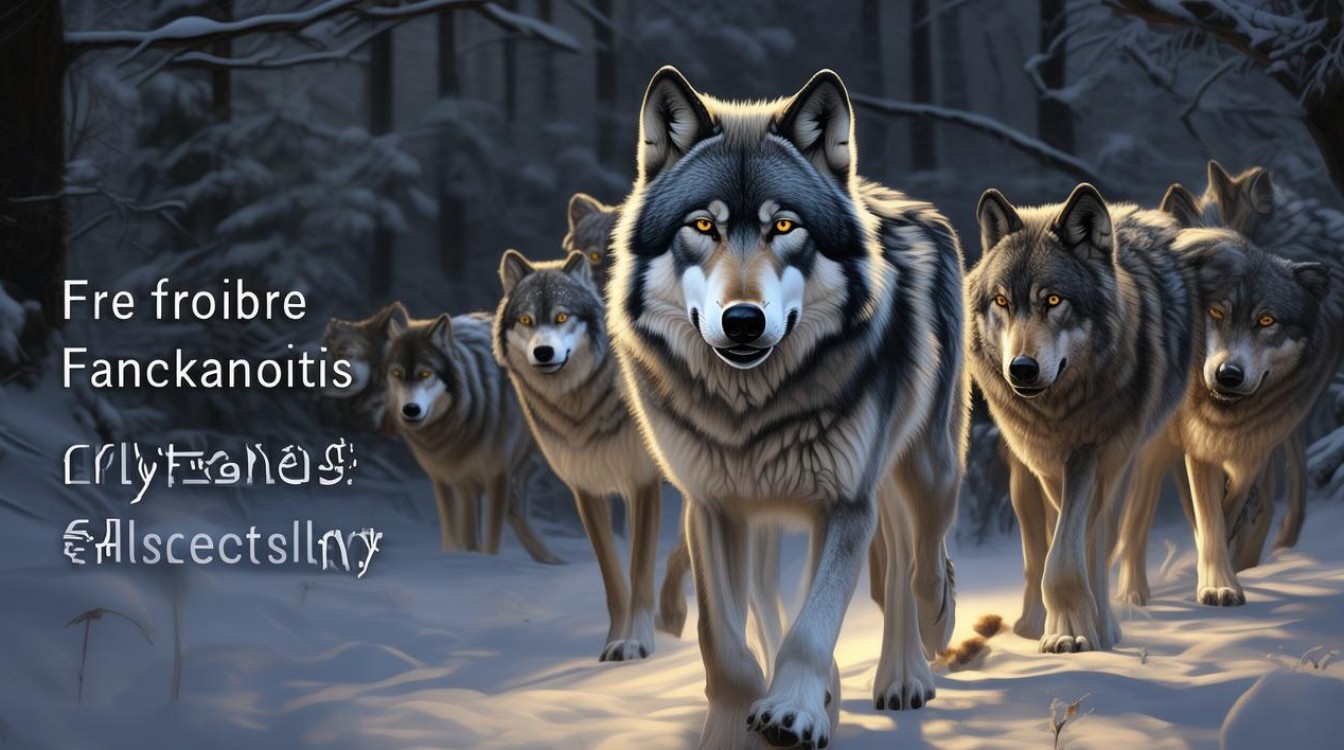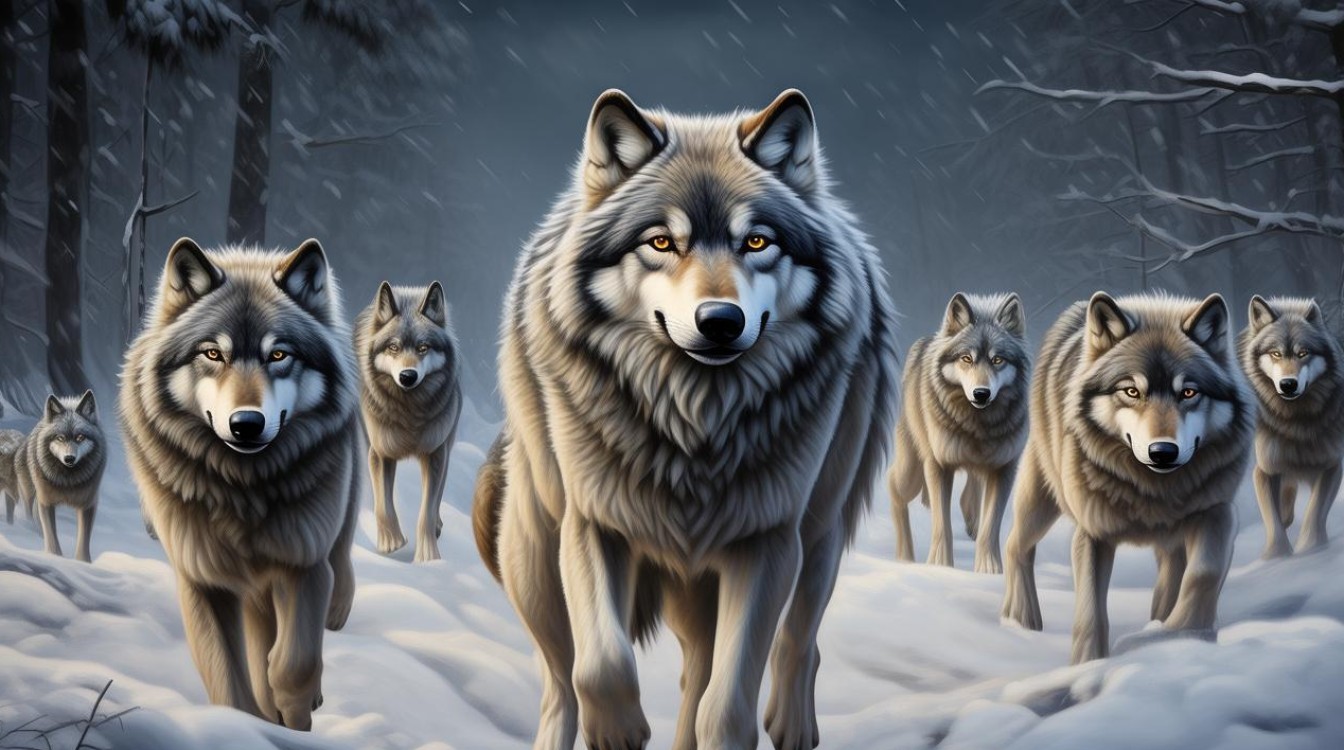Wolves have long captured human imagination with their intelligence, strength, and complex social structures. Whether in literature, mythology, or wildlife documentaries, these majestic creatures evoke powerful imagery. To accurately describe them, a rich vocabulary is essential. Below is a curated list of English adjectives that encapsulate the essence of wolves, along with explanations and contextual examples.

Fierce
Wolves are apex predators, known for their relentless hunting skills. Fierce perfectly captures their aggressive yet calculated nature.
Example: "The wolf’s fierce gaze locked onto its prey, muscles coiled for the chase."
Cunning
Wolves are highly intelligent, using strategy in hunting and pack dynamics. Cunning reflects their sharp problem-solving abilities.
Example: "With cunning precision, the wolf circled the herd, waiting for the weakest link."
Loyal
Wolf packs operate on deep bonds. Loyal describes their unwavering commitment to family units.
Example: "The alpha male remained loyal to his pack, defending them against intruders."
Elusive
Wolves avoid human contact, making them mysterious. Elusive highlights their ability to stay hidden.
Example: "Despite years of tracking, the gray wolf remained elusive, vanishing into the forest."
Tenacious
Once a wolf sets a goal, it pursues relentlessly. Tenacious embodies their perseverance.
Example: "The tenacious wolf tracked its target for miles, undeterred by obstacles."
Wild
Untamed and free, wolves epitomize wilderness. Wild conveys their untouchable spirit.
Example: "Her howl was a wild cry, echoing through the untouched valleys."
Majestic
There’s a regal quality to wolves. Majestic suits their commanding presence.
Example: "The white wolf stood atop the cliff, a majestic silhouette against the moon."

Protective
Wolves fiercely guard their pack. Protective defines their instinct to shield their own.
Example: "The mother wolf was protective, snarling at anything that neared her pups."
Agile
Quick and nimble, wolves navigate rough terrain effortlessly. Agile describes their physical prowess.
Example: "With agile movements, the wolf leaped over fallen logs in pursuit."
Keen
Their senses are extraordinarily sharp. Keen emphasizes their acute awareness.
Example: "The wolf’s keen ears detected the faint rustle of a rabbit in the brush."
Solitary
While often seen in packs, lone wolves exist. Solitary fits those who roam independently.
Example: "The solitary wolf moved silently, a shadow among the pines."
Resilient
Wolves endure harsh conditions. Resilient speaks to their survival instincts.
Example: "Even in the deepest winter, the resilient wolf found a way to thrive."
Dominant
Hierarchy is key in wolf packs. Dominant describes the alpha’s authoritative role.
Example: "The dominant wolf asserted control with a low growl, silencing the others."
Mysterious
Their behavior fascinates scientists and storytellers alike. Mysterious adds an air of intrigue.
Example: "Wolves are mysterious creatures, their rituals still not fully understood."

Ferocious
When threatened, wolves unleash raw power. Ferocious depicts their untamed aggression.
Example: "The trapped wolf fought back with ferocious intensity, teeth bared."
Noble
Wolves carry themselves with dignity. Noble suggests an almost royal bearing.
Example: "There was something noble in the way the old wolf led his pack."
Stealthy
Silent hunters, wolves rely on surprise. Stealthy defines their quiet approach.
Example: "The stealthy wolf crept forward, unseen until the last moment."
Territorial
Wolves defend their domain fiercely. Territorial explains their boundary-driven behavior.
Example: "The pack was highly territorial, marking the forest with their scent."
Instinctive
Their actions are deeply rooted in survival. Instinctive highlights their natural drive.
Example: "Without hesitation, the wolf made an instinctive dash for the fleeing deer."
Unyielding
Wolves do not easily surrender. Unyielding reflects their stubborn determination.
Example: "Even injured, the wolf was unyielding, refusing to back down."
Cautious
They assess risks before acting. Cautious describes their wariness.
Example: "The wolf was cautious, sniffing the air before stepping into the clearing."

Enduring
Wolves withstand extreme environments. Enduring speaks to their hardiness.
Example: "The Arctic wolf is enduring, surviving temperatures far below freezing."
Commanding
An alpha’s presence demands respect. Commanding fits their leadership.
Example: "With a commanding howl, the alpha summoned the pack to hunt."
Fearless
Wolves face threats head-on. Fearless captures their boldness.
Example: "The young wolf was fearless, challenging a rival twice its size."
Harmonious
Packs function with remarkable coordination. Harmonious describes their unity.
Example: "The wolves moved in harmonious formation, each knowing their role."
Wolves are more than just predators—they are symbols of intelligence, strength, and survival. Each adjective here helps paint a fuller picture of their nature, whether in storytelling, scientific discussion, or casual observation. Understanding these words allows us to appreciate wolves beyond stereotypes, recognizing their complexity and significance in the natural world.
For those fascinated by wildlife, studying wolves offers endless insights. Their behaviors, social structures, and adaptability make them one of the most compelling species on Earth. Whether seen as fierce hunters or loyal pack animals, wolves continue to inspire awe and respect.

